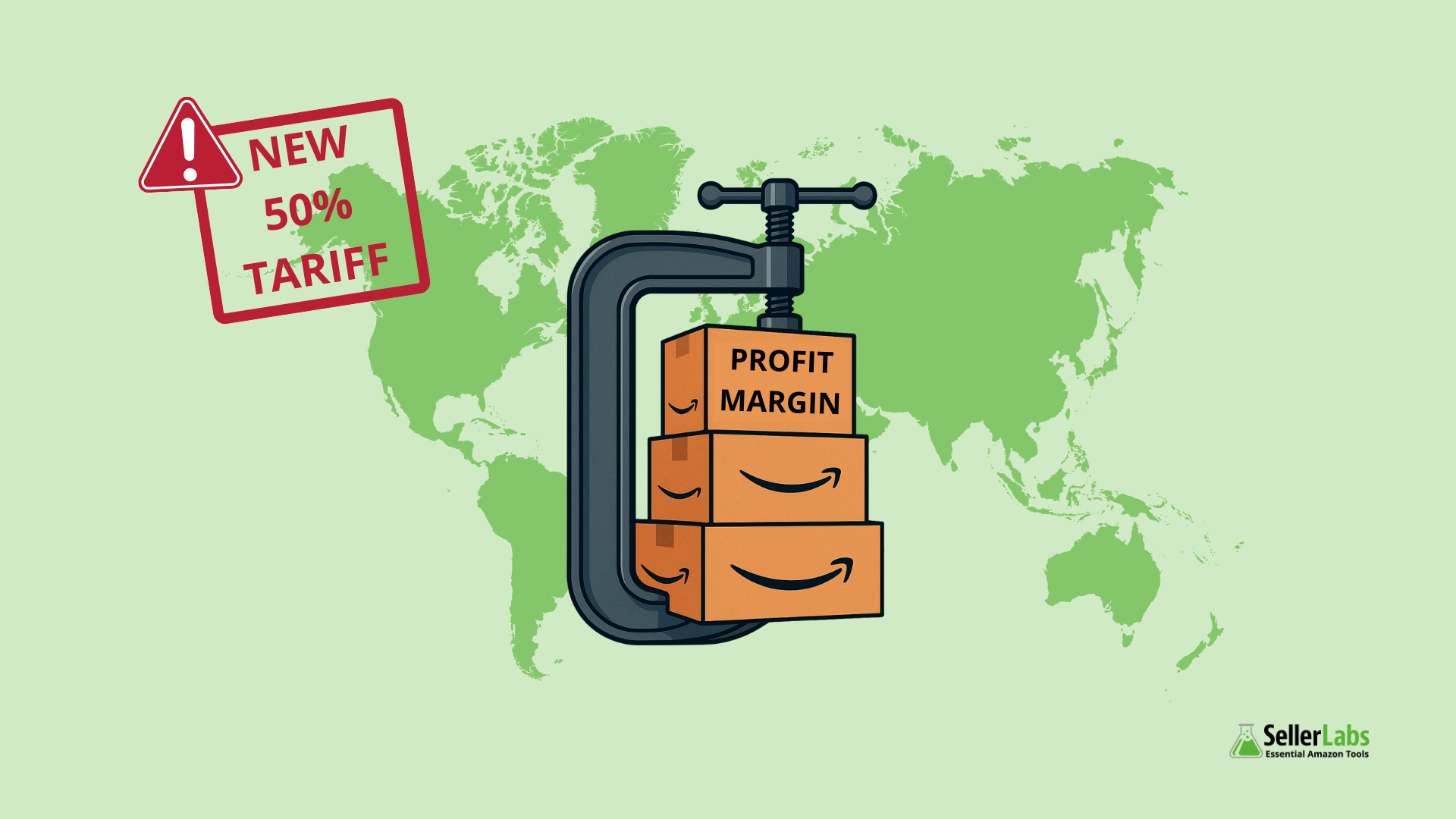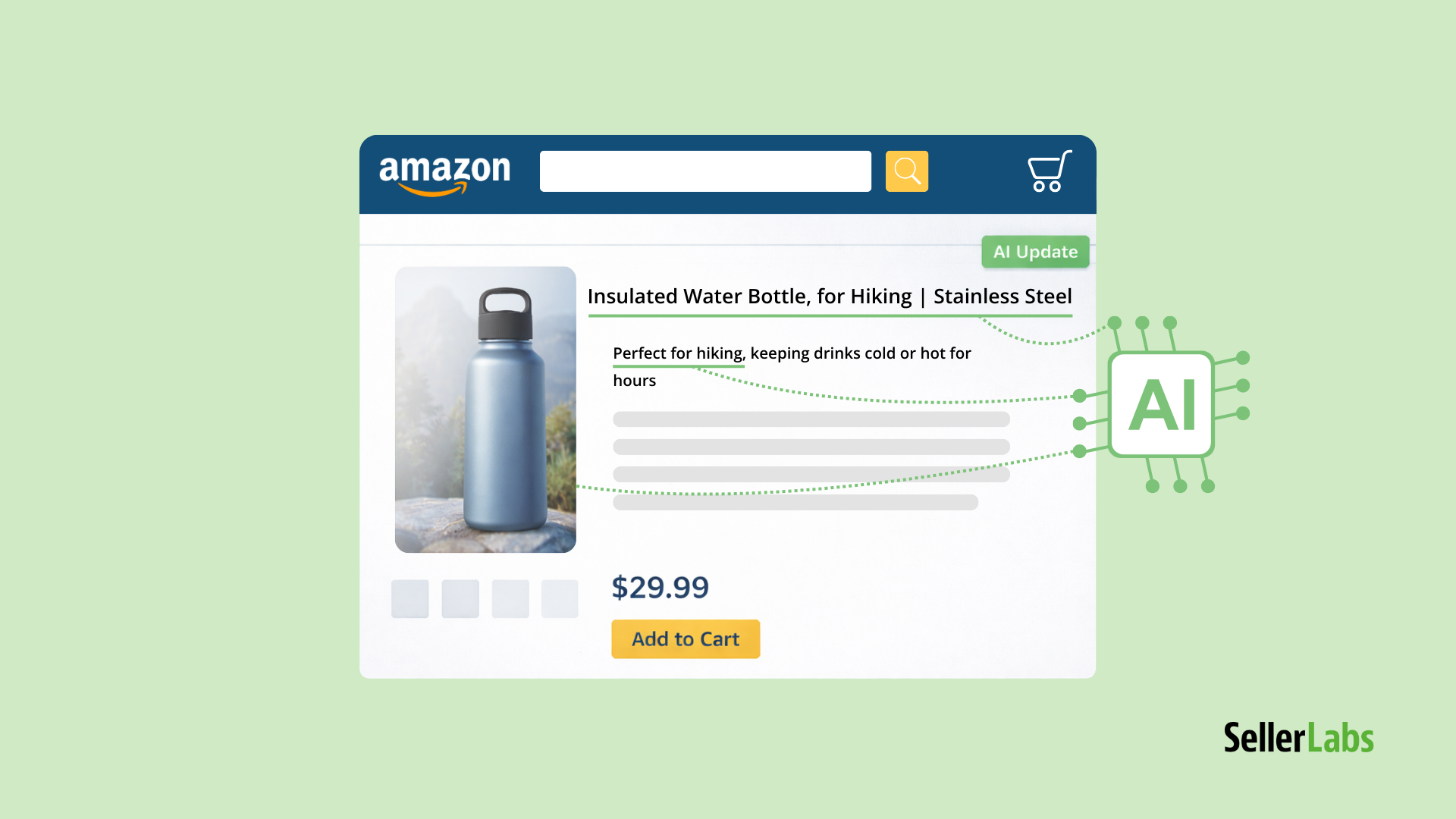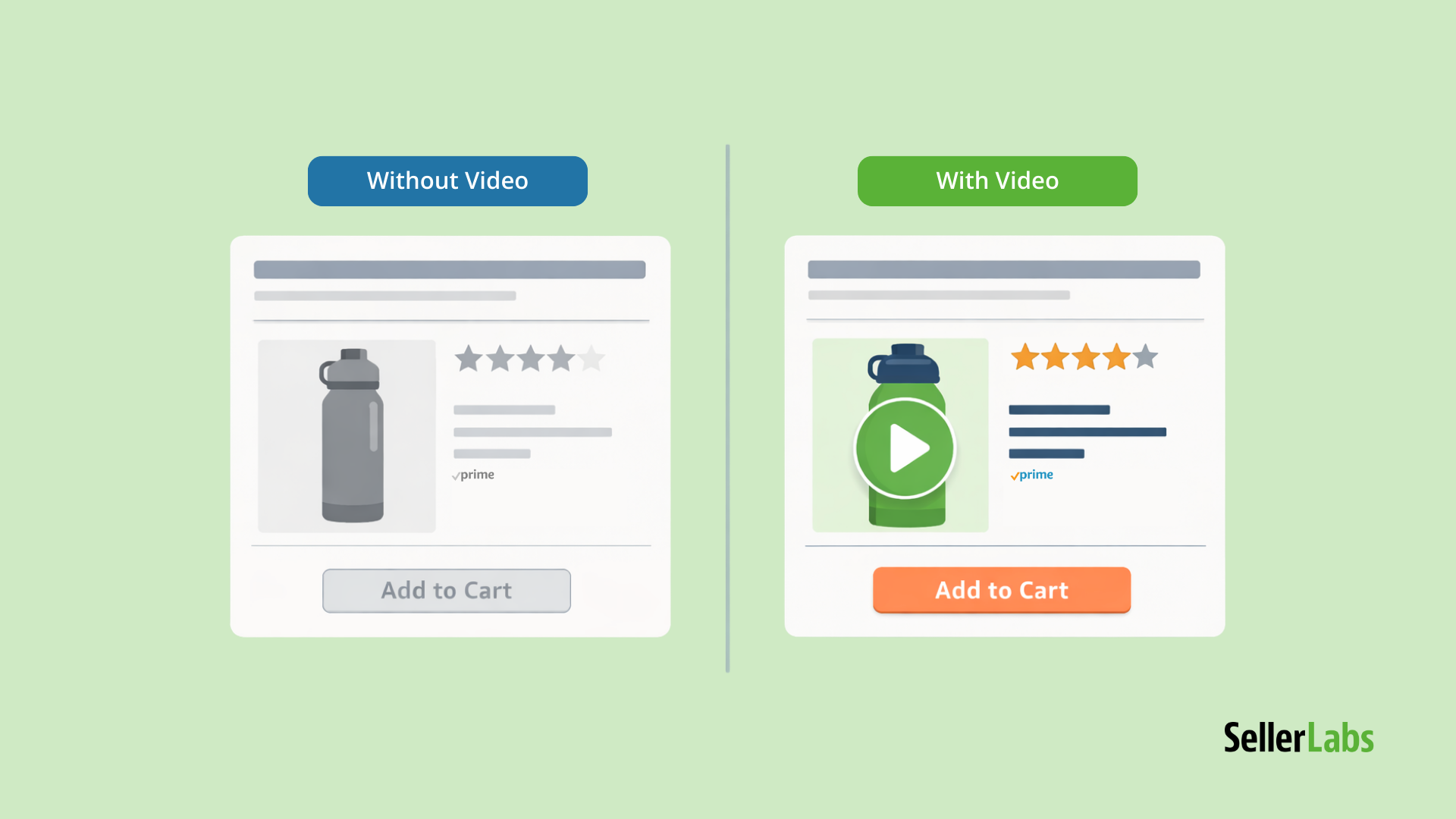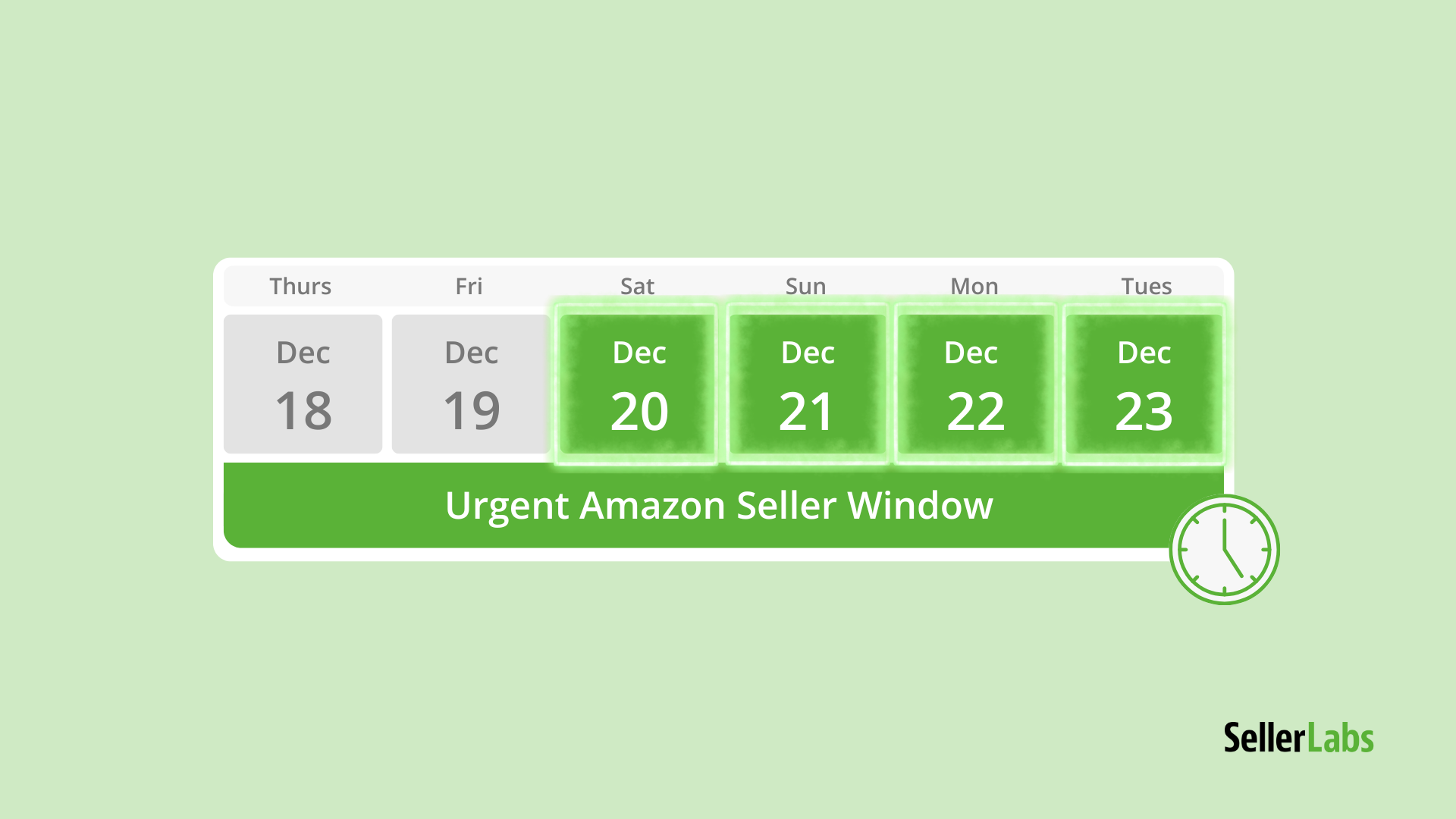The Trump administration has doubled tariffs on steel and aluminum imports to 50%, effective May 30, 2025. While the policy is framed around national security and revitalizing U.S. manufacturing, it has ripple effects across nearly every industry—especially ecommerce.
From canned goods and household tools to sports gear and automotive parts, Amazon sellers will feel the impact in their sourcing costs, packaging, and product pricing. If you use steel- or aluminum-based products, now’s the time to adapt.
Let’s break it down.
What Changed?
🔺 On May 30, President Trump announced the jump from 25% to 50% tariffs on imported steel and aluminum.
🕛 The hike went into effect at 12:01 a.m. EST on Wednesday, June 5.
📊 The U.S. imported 26.2M metric tons of steel and 5.4M metric tons of aluminum last year.
🇨🇦 Canada is the #1 supplier for both metals, which makes this a North American cost concern.
While domestic manufacturers saw stock price bumps, Amazon sellers and their customers may face price hikes—just like they did after similar tariffs in 2018.
How This Affects Amazon Sellers
Even if you don’t sell metal products directly, these tariffs can raise your costs in unexpected ways:
- Product sourcing: If your suppliers use steel/aluminum in components, expect new pricing soon.
- Packaging and shipping: Metal packaging or shelving used in logistics may become more expensive.
- Manufacturing and tools: Kitchen appliances, sports equipment, even furniture hardware are all affected.
- Margins under pressure: You may need to absorb higher COGS or raise prices to protect profitability.
📦 Example: Canned goods, aluminum water bottles, metal kitchenware, or even lawn tools could see price increases. An aluminum-based product that once cost you $3.00 per unit might now cost $3.50 or more—a serious blow at scale.
What You Should Do Now
Amazon sellers who move fast can still protect their margins and retain customer loyalty.
✅ 1. Audit your SKUs
Review your catalog for any products that:
- Contain aluminum or steel
- Are sourced from affected suppliers
- Use metal-based packaging or accessories
👉 Use tools like Seller Labs’ SKU Economics to model how updated COGS impacts your SKU-level profitability.
✅ 2. Talk to your suppliers
Request a breakdown of COGS that includes material sourcing. Negotiate or look into alternate packaging/materials now.
✅ 3. Source smarter
Consider diversifying to avoid tariff-heavy countries. If you’re still relying heavily on suppliers in China or Canada, now’s the time to explore other regions.
✅ 4. Watch shipping and restocking
With added metal tariffs affecting fulfillment equipment and freight supplies, now is the time to monitor your inventory levels. Use Seller Labs’ Restock app and Low Inventory notification to monitor and avoid costly overstock or understock risks.
Take the Next Step with Seller Labs
Consider New Sourcing Locations
Don’t wait for the next tariff announcement to adapt. There are sourcing alternatives that are more affordable, agile, and closer to your customer base.
Explore:
- 10 Sourcing and Fulfillment Companies Amazon Sellers Should Know in 2025
- Top Product Sourcing Alternatives to China in 2025
📺 BONUS: Watch our YouTube videos for in-depth guidance:
Stay Profitable with Seller Labs
Tariffs are unpredictable—but your strategy doesn’t have to be.
Seller Labs gives you the tools to:
- Monitor profit at the SKU level
- Receive low inventory alerts before it’s too late
- Adjust inventory decisions based on changes to your COGS
- Make informed decisions using real-time seller data—even in volatile markets
Ready to scale smarter?
Whether you’re an FBA seller navigating rising fees or just trying to protect margins in Q3, Seller Labs helps you move faster, smarter, and leaner.
📣 Final Thoughts: Be Proactive, Not Reactive
This tariff hike isn’t just about steel and aluminum—it’s about agility. The best sellers in 2025 aren’t just the cheapest; they’re the most prepared.
If you’re sourcing, pricing, or restocking in Q3, factor these new costs in now—before your margins disappear.






